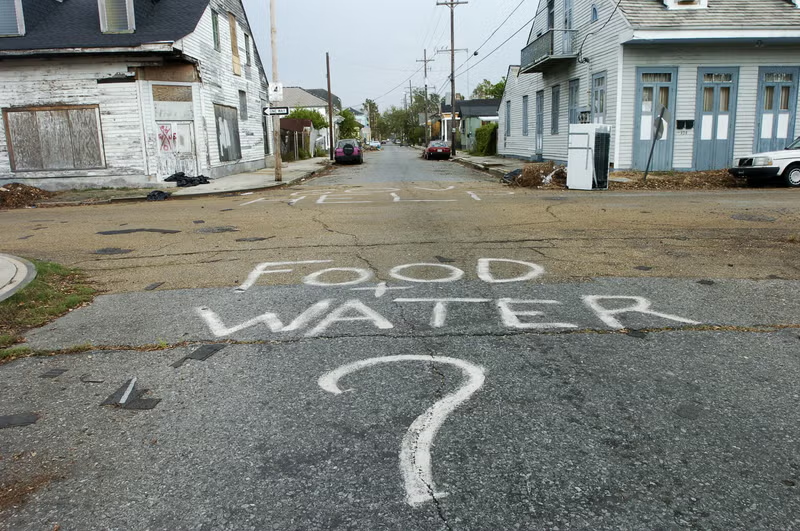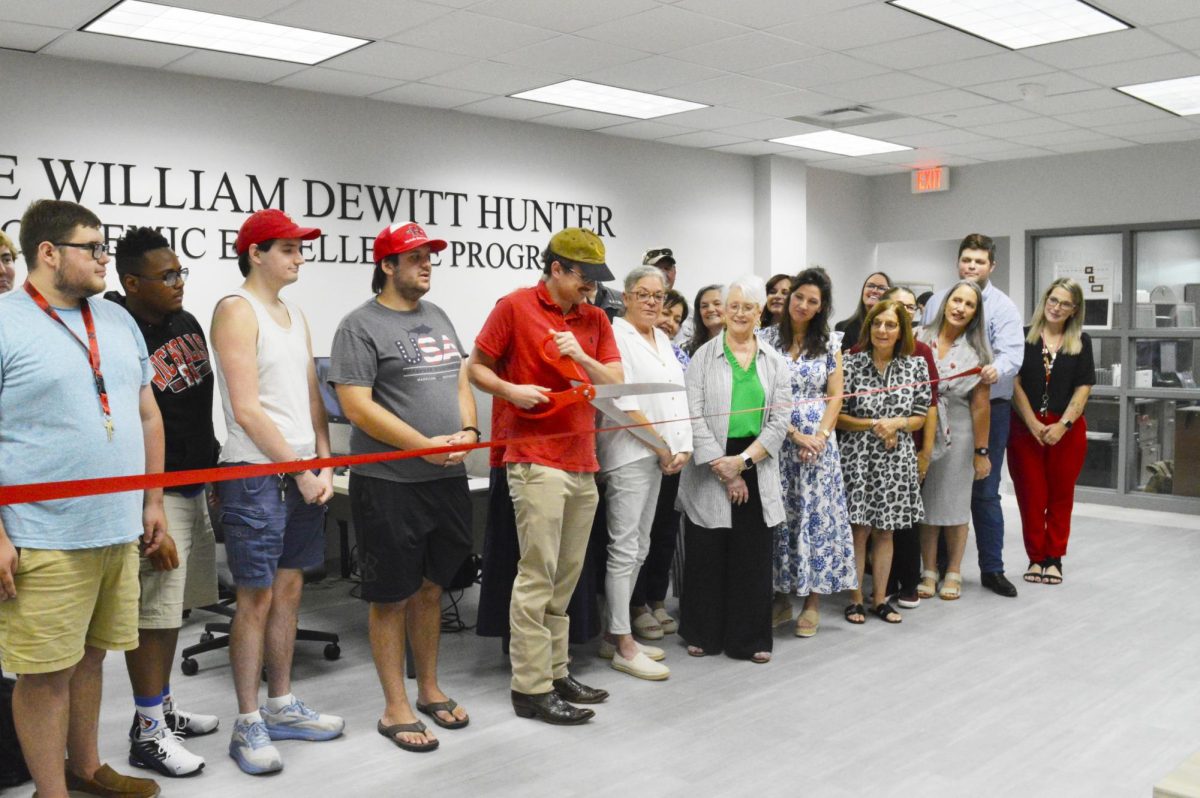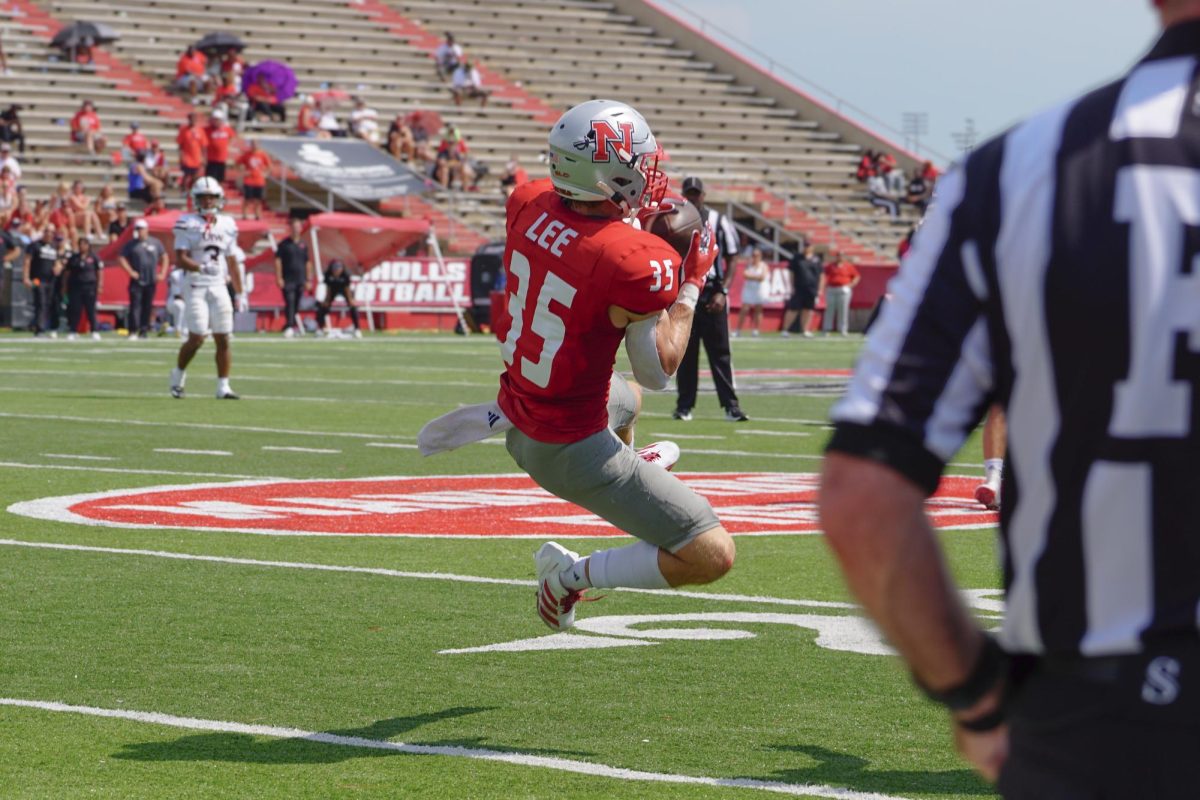A new feature being added to the Nicholls campus is an asphalt walking track, the construction of which began in October 2005 and will be completed approximately in late March 2006.Constructed by Huey Stockwell Incorporated, the walking track is 1.973 miles long and about 8 feet wide, wide enough to comfortably fit three men shoulder-to-shoulder.
“I’ve lived in different parts of the county, and every nice area I’d been to had walking paths, running paths and bike paths,” Timothy Mead, associate professor of health and physical education, said. “When I moved down here from Michigan, which is one of the leading states in the country as far as number of bike paths and paved paths to exercise on; I was shocked that there was nothing like that down here.”
Mead found out about federal grant money that is available to each state for alternate transportation under the 21st section of the Transportation Enhancement (TEA 21).
Nicholls applied for TEA 21 in 2001. The first year, Nicholls received $150,000, and when Nicholls applied again in 2002, it received approximately $200,000.
According to Mike Davis, Assistant Vice President for Administration, the total project cost is $426,547.40. Nicholls pledged $106,547.40. The rest is being paid for with the TEA 21 grants and the Bayou Lafourche Linear Park Extension grant.
“We’re trying to make this town more exercise-friendly,” Mead said. “A lot of people want to exercise but are afraid to get hit by a car, and traffic is always a problem so it’s going to be nice to have a place to exercise that is off the road and safe to use.”
The plan is to tie in the Nicholls walking track to other tracks around the city, including the track at Peltier Park and the bayouside track.
Part of the path is along Bayou Lafourche, which was completed about a year ago, and will run down Audubon Drive back towards the hospital and Bowie Road. The ending point as of now is at La Maison du Bayou.
“We always hear of the safety hazards when people just want to walk around campus,” Michael Matherne, director of campus recreation, said. “You make one lap around campus, you probably go through a dozen crosswalks and you have to have both eyes watching back and forth to make sure you do not get hit by a car. This walkway will also provide for safety and reduce the risk.”
The walking track will also make it easier for students living on campus to walk to Rouses, Wendy’s, The Coffee Table and other nearby businesses without having to walk along the side of the road.
According to Mead, the asphalt surface will be good for students to walk, run or roller-blade on. Though not long enough for extensive bike-riding, it may be used for leisure bike-riding.
Davis said that in the future, Nicholls hopes to apply for grants to add lighting, landscaping and benches for the walking track.







